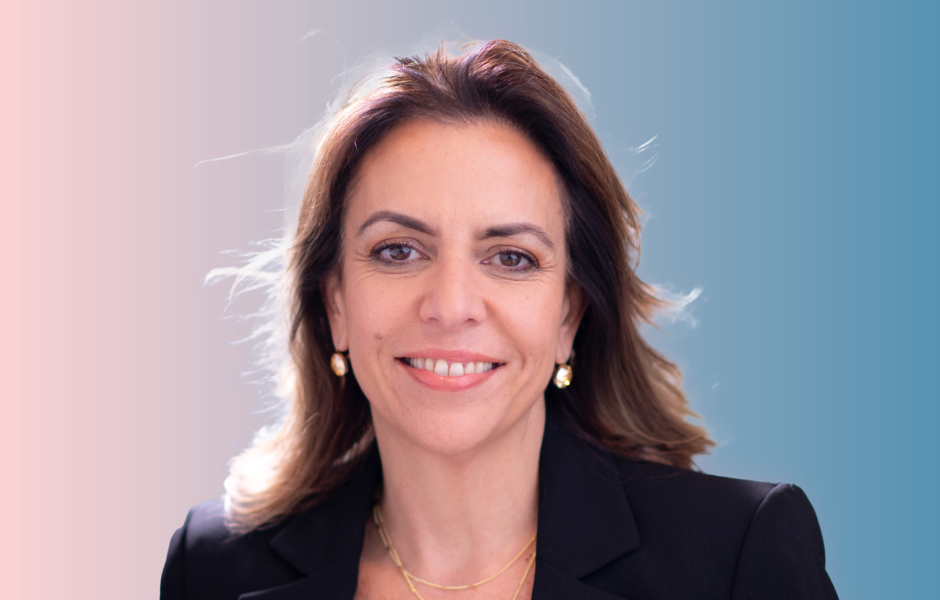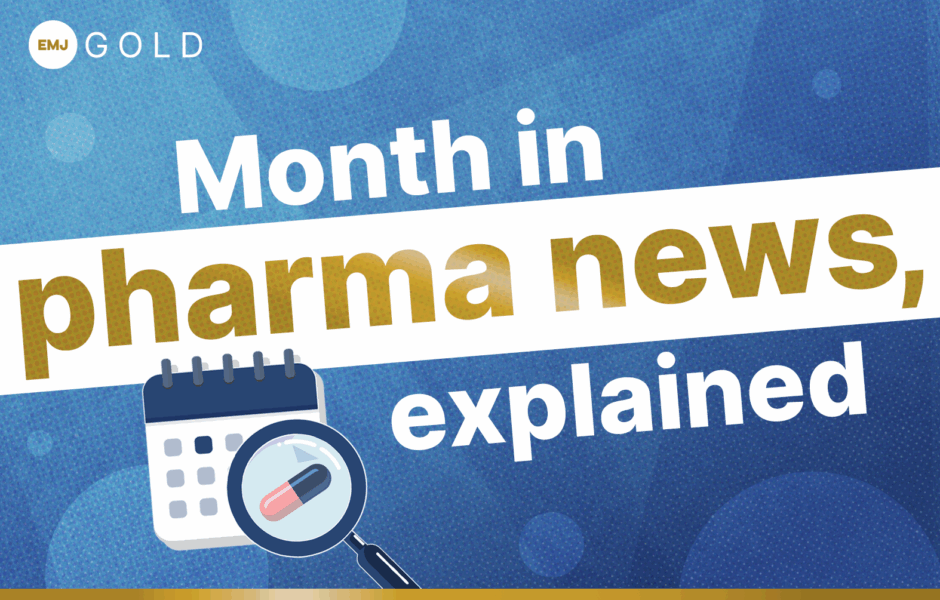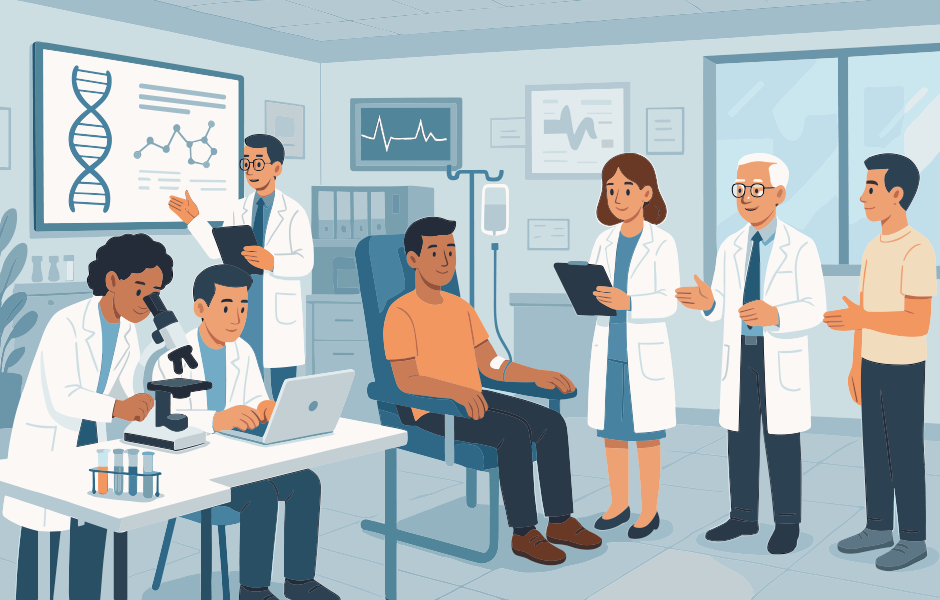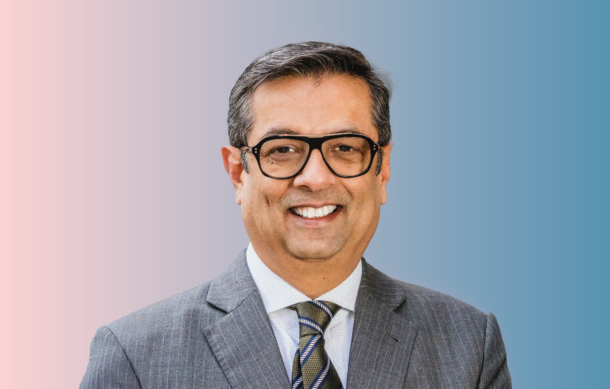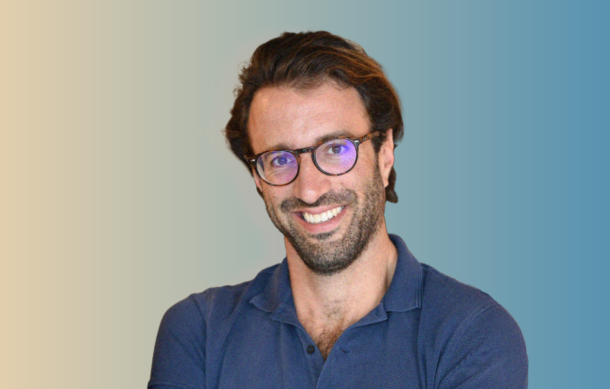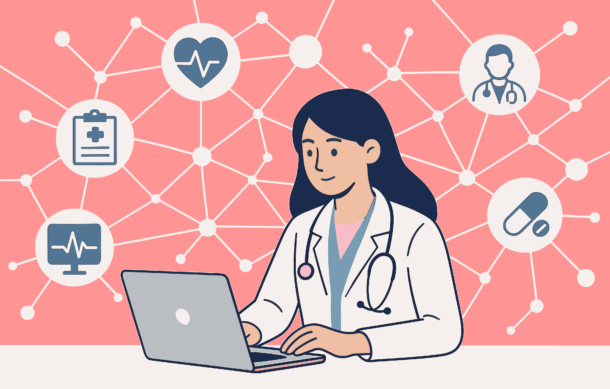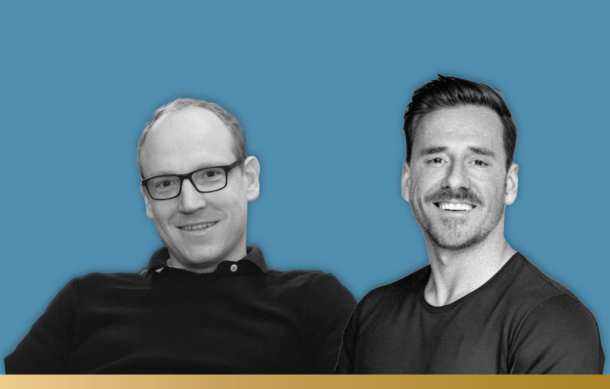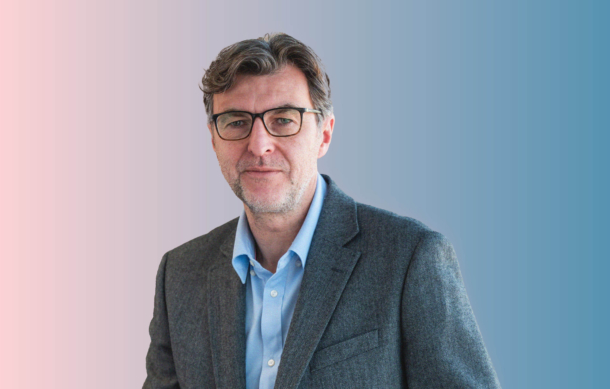In this Catalyst of Pharma interview, hear from Philips’ Dr Carla Goulart Peron as she explores how digital innovation and AI can expand healthcare access without losing the human touch
Interview by Isabel O’Brien
Dr Carla Goulart Peron is Chief Medical Officer at Philips, where she leads a global team shaping the company’s medical strategy, ensuring scientific excellence across medical affairs, clinical research, medical safety and health economics. Reporting directly to Roy Jakobs, CEO, Philips, she also advises the Executive Committee and works closely with regulators, medical organisations and global stakeholders to drive meaningful healthcare innovation.
A physician by training with over 15 years’ experience in the healthcare industry spanning clinical practice, pharma and medtech, Carla brings deep expertise in minimally invasive surgery and women’s health. Prior to joining Philips, she was Vice President and Chief Medical Officer for Surgical Innovations and Surgical Robotics at Medtronic. Her earlier roles include leadership positions in clinical research across Latin America and global licensing efforts in emerging markets.
Originally from Brazil, Carla holds an MD and an MBA in strategic business management. Now based in Amsterdam with her husband and two daughters, she is passionate about improving access to care and bringing diverse perspectives to global health challenges.
Can you tell us about your upbringing in Brazil and the personal significance of reaching underserved communities? How does that perspective influence your leadership as CMO – especially in a global organisation like Philips?
Absolutely. I was born, raised and educated in Brazil – primary school to medical school. I started medical school in 1995, then began practising as a gynaecologist. I’ve always been passionate about getting access to care, and I think living in Brazil gave me a unique view. Around 75% of the population is taken care of by the public healthcare system, and 25% by the private system. I had the opportunity to work in both worlds, sometimes on the same day.
Even in a big city like São Paulo, where I did my training and residency, you learned to work with what was available to you. In the public system, you don’t have the same availability of resources – even drugs – that you do in the private sector. That taught me to develop a ‘can do’ mentality, which is incredibly relevant to what I do today in this global role.
I still remember in the early stages of my career, we were deployed to smaller towns with fewer resources. You’d have a very old ultrasound machine and very little training in how to use it. I remember holding the phone to my ear while trying to scan, with someone on the other end trying to guide me through it – neither of us really sure what we were seeing. If you think about the reality today – thanks to telehealth technologies we have remote access to medical devices and provide remote support . People with less experience or training can now do so much more. That experience taught me a big personal lesson.
It was the same with treatments. When I finished residency, mechanical thrombectomy for stroke was just starting to become available in the private sector. This was a game-changing treatment for stroke, enabled by technology. I had the pleasure to meet Dr Sheila Martins, a leader in the field. She was a dreamer. She said, “We will make this accessible in the public healthcare system,” and I said, “You can’t go from a candle and a prayer to mechanical thrombectomy.” But she did it.
Brazil gave me the ability to see different worlds and to adapt to what’s available.
The latest Future Health Index by Philips reports a significant increase in care delays, with one in three patients experiencing worse outcomes due to lack of access. What reforms are needed to buck this trend?
Everywhere in the world, there’s more demand for access to healthcare than what we can accommodate with current resources. It’s not just physicians, but nurses, technicians, anyone that supports care delivery – the healthcare workforce is in crisis. COVID made that clear, and things haven’t returned to normal since.
We need to make the workforce more effective and able to do more – and I believe AI is a big opportunity. I know it sounds like a buzzword sometimes, but we’ve only scratched the surface of what it can do. There’s an opportunity to collaborate with AI to increase the capacity of healthcare workers – to help them take care of more patients and improve outcomes. For example, we can automate repetitive tasks – things that don’t require deep thinking.
AI isn’t here to take over the work of clinicians, nurses and healthcare workers. It’s here to be additive to it
The report also identifies a persistent trust gap around digital tools and AI, even when they’re already in use. What’s fuelling this scepticism, and what needs to happen to build trust?
This is a key issue to address. While clinicians are generally optimistic, this year’s Future Health Index highlights a significant trust gap with patients – 34% more clinicians see AI’s benefits than patients do, with optimism especially lower among patients aged 45 and older. Even among clinicians, skepticism remains: 69% are involved in AI and digital technology development, but only 38% believe these tools meet real-world needs.
There are two main concerns. The first is bias. AI is only as good as the data we supply to create the models. People rightly worry about whether we’ve seen enough data from all over the world – different geographies, genders, clinical practices. For example, we know that West, East, North and South Asia all practise medicine differently. So there’s concern about ensuring AI models are trained on diverse datasets.
The second concern is about losing the human touch. Half of the patients we surveyed are concerned that AI could reduce face-to-face time with their doctor. People still value real connection – the simple act of asking how your family is and building rapport. We need to be careful that that does not go away with AI.
These two aspects are important as we build models. The first one is a scientific issue – and regulators will need to play a strong role to ensure solutions are unbiased. The second is more about how we implement them. As I said before, AI isn’t here to take over the work of clinicians, nurses and healthcare workers. It’s here to be additive to it. How we use it in daily work will be critical to overcoming that fear – especially among patients and users.
Given the pressure on frontline healthcare workers, how can digital innovation expand access to care without worsening workforce challenges?
The Future Heath Index responses show that the majority (79%) of healthcare professionals are optimistic that AI could improve patient outcomes, and I share that optimism. There are two sides to this. First, the new generation of healthcare workers is already more used to digital tools. New team members coming into hospitals will have learned on these tools already. That makes collaboration and adoption easier.
Second, there’s the patient perspective. Until now, patients generally haven’t been active participants. They weren’t always at the centre. They didn’t have easy access to their data, and they therefore couldn’t use it to make decisions. That’s changing. Patients will increasingly have access to data and will take more ownership of their care. AI and digital tools will help this shift.
We also need to start thinking of generative AI as an open source. Right now, healthcare is very siloed. You’re tied to whichever system is supporting you. If patients move to a different hospital, they often have to physically bring their imaging data on a CD with them.
But more and more, we’re seeing patients use apps to download their data. Physicians are sharing information through safe streams. That integration will enable us to build more seamless digital care. Integration is the language of the future. Without it, AI will stay fragmented and isolated.
Integration is the language of the future. Without it, AI will stay fragmented and isolated
What insights from your time as a clinician have been most valuable in your current role, and how have they shaped your approach to driving change in the industry?
Being a physician gives you a different view. Not better – just different. It adds a lot to my role today. When you’re seeing a patient, everything starts with understanding the problem you’re solving for that person. In industry terms, that’s the unmet need. That’s how every journey of developing healthcare technology should start – whether you’re building software or hardware.
If you’re clear on the unmet need, your solution will be more precise. It will be safe and effective. You’ll be able to measure it and collaborate with physicians as partners – to test ideas and see what’s feasible and scalable. That’s critical when you’re thinking globally. Not all ideas scale – especially in big markets like the US or Europe.
After 20 years in clinical practice, what stays with you is the ability to be a translator — to make the connection between the value of a solution and the challenge you’re trying to solve. You get used to thinking about what works in different contexts, and that mindset is vital when you’re driving innovation at scale.

